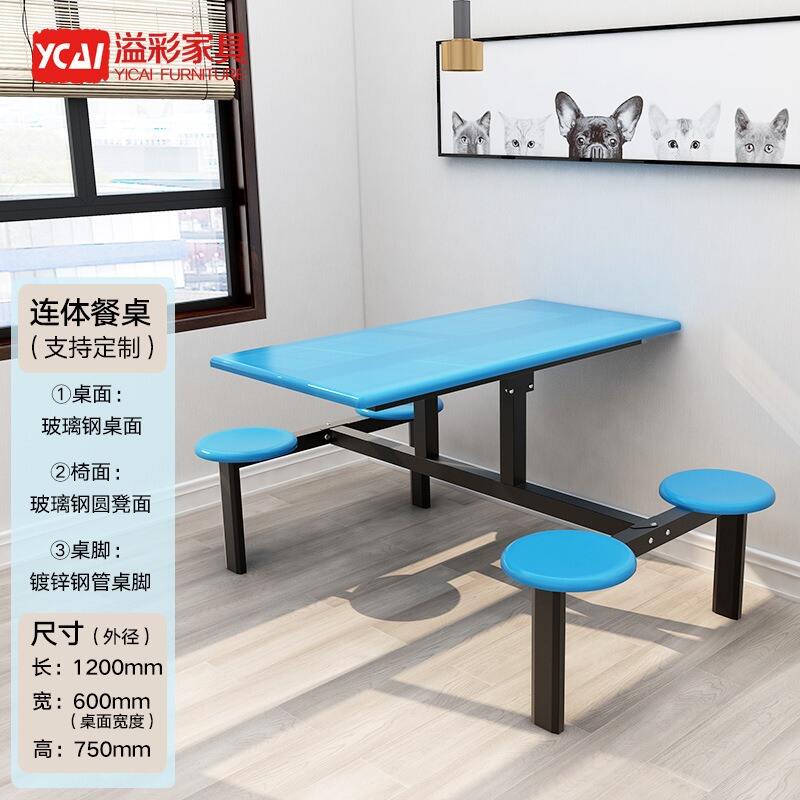Creating Your Dream Dining Space: A Complete Guide to Furniture Selection
The heart of every home lies in its dining room - a space where families gather, memories are made, and conversations flow freely over delicious meals. Selecting the right dining room furniture isn't just about buying a table and chairs; it's about crafting an environment that perfectly balances style, comfort, and functionality. Whether you're furnishing your first home or giving your existing dining space a makeover, this comprehensive guide will walk you through everything you need to know about choosing pieces that will transform your dining room into a stunning entertainment hub.
Your dining room furniture serves as the cornerstone of countless family gatherings, holiday celebrations, and everyday meals. The pieces you select will not only define the room's aesthetic but also determine how comfortable and functional your dining space becomes for years to come. Let's explore the essential elements that will help you create your perfect dining sanctuary.
Understanding Your Space Requirements
Measuring and Space Planning
Before diving into furniture selection, it's crucial to understand your room's dimensions and traffic flow. Start by measuring your dining room's length, width, and height. Allow at least 36 inches of clearance between the dining room furniture and walls or other pieces to ensure comfortable movement. Consider tracking the sun's movement throughout the day, as natural light can significantly impact your dining experience and furniture placement.
Create a rough floor plan that accounts for doorways, windows, and other architectural features. This blueprint will serve as your guide when selecting appropriately sized furniture pieces. Remember to factor in additional space for storage pieces like sideboards or china cabinets if they're part of your vision.
Determining the Ideal Table Size
Your dining table is the centerpiece of your dining room furniture collection. For rectangular tables, allow 24 inches of width per person and at least 12 inches of depth for place settings. A 60-inch long table typically seats six people comfortably, while a 96-inch table accommodates eight to ten guests. For round tables, a 48-inch diameter works well for four to six people, while a 60-inch diameter can seat six to eight.
Consider expandable tables with leaves if you frequently host larger gatherings but want to maintain a cozier setting for daily use. These versatile pieces offer flexibility without permanently consuming excessive space in your dining room.
Selecting Materials and Finishes
Wood Types and Their Characteristics
Solid wood remains a popular choice for dining room furniture, offering durability and timeless appeal. Oak provides excellent resistance to daily wear and features prominent grain patterns. Maple offers a smoother, more uniform appearance and takes stains beautifully. Walnut brings rich, dark tones and sophisticated grain variations, while cherry develops a deeper patina over time.
Consider your lifestyle when selecting wood types. Families with young children might prefer more resilient woods like oak or maple, while those seeking elegant formal dining spaces might gravitate toward cherry or walnut. Each wood type brings its unique characteristics to your dining room's overall aesthetic.
Alternative Materials and Modern Options
Contemporary dining room furniture often incorporates materials beyond traditional wood. Glass tabletops create an airy, open feeling and make smaller spaces appear larger. Metal elements, such as steel or brass, can add industrial chic or modern sophistication. Marble and stone tops offer luxury and durability but require more maintenance.
Mixed material combinations have gained popularity, such as wood tables with metal bases or upholstered chairs with acrylic frames. These combinations can create striking visual interest while maintaining functionality. Consider how different materials will interact with your existing décor and lifestyle needs.
Style and Design Considerations
Matching Your Home's Architecture
Your dining room furniture should complement your home's architectural style. Traditional homes often pair well with classic furniture featuring detailed woodwork and formal designs. Modern or contemporary homes can embrace sleek lines, minimal ornamentation, and innovative materials. Transitional styles bridge the gap, offering versatility in design choices.
Look for common elements between your home's architecture and your furniture choices. Crown moldings and wainscoting might suggest more traditional pieces, while open floor plans and large windows might call for contemporary selections. This harmony creates a cohesive look throughout your space.
Color Coordination and Finishes
The finish of your dining room furniture plays a crucial role in the room's atmosphere. Dark finishes create drama and formality, while lighter tones feel casual and welcoming. Consider your wall colors, flooring, and other decorative elements when selecting finishes. A contrast between your furniture and surrounding elements can create visual interest, while coordinating tones produce a serene, unified look.
Don't forget about hardware finishes on your dining room furniture. Brass, chrome, or bronze hardware should coordinate with your lighting fixtures and other metallic elements in the space. These details contribute to the overall cohesiveness of your dining room design.
Comfort and Functionality Features
Seating Options and Ergonomics
Comfortable seating encourages lingering conversations and enjoyable dining experiences. Chair seat heights should allow for comfortable knee clearance under the table, typically 12 inches from the seat to the table's underside. Consider chair width and depth to ensure adequate personal space for each diner.
Upholstered dining chairs offer maximum comfort and can introduce color and texture to your dining room furniture collection. Look for durable, stain-resistant fabrics if you frequently entertain or have children. Alternative seating options like benches or banquettes can maximize seating capacity while adding visual interest.
Storage and Additional Pieces
Beyond the table and chairs, consider additional dining room furniture pieces that enhance functionality. Sideboards provide valuable storage for dinnerware and serving pieces while offering extra surface area for buffet-style entertaining. China cabinets display cherished collections while keeping them dust-free. Console tables can define the space in open floor plans.
Evaluate your storage needs realistically. Consider how much dinnerware, linens, and serving pieces you need to store. Built-in storage solutions within your dining room furniture can help maintain a clutter-free, organized space perfect for entertaining.
Frequently Asked Questions
How much should I budget for quality dining room furniture?
Quality dining room furniture is an investment that typically ranges from $2,000 to $10,000 for a complete set, including a table and chairs. Higher-end solid wood pieces or designer collections can exceed this range. Consider allocating about 20% of your budget for additional pieces like sideboards or china cabinets.
What's the best way to protect dining room furniture from daily wear?
Protect your dining room furniture by using coasters, placemats, and tablecloths during meals. Apply furniture polish or protective treatments as recommended by the manufacturer. Keep wood pieces away from direct sunlight and maintain consistent room humidity to prevent warping or cracking.
How long should quality dining room furniture last?
Well-made dining room furniture should last 15-25 years or more with proper care. Solid wood pieces often become family heirlooms, lasting generations. Regular maintenance, prompt repairs of any damage, and appropriate use will help extend the life of your furniture investment.


